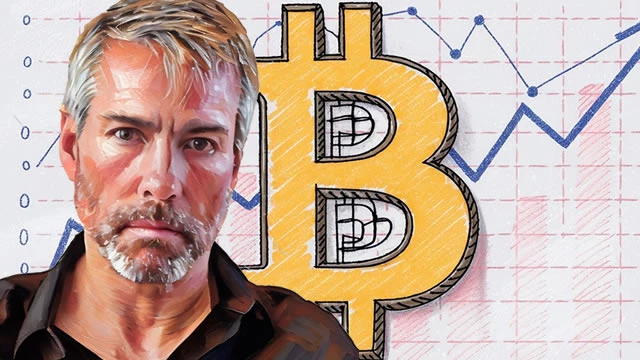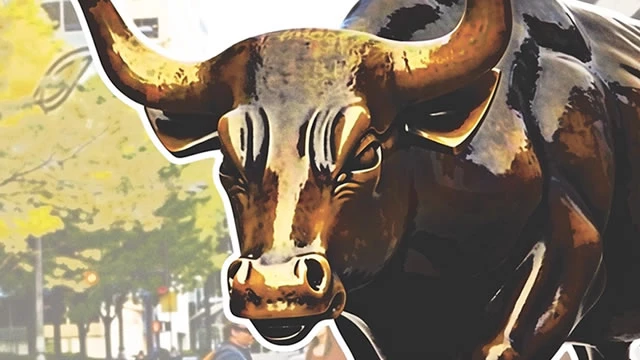With more than 200 countries and territories served and partnership with nearly 16,000 banks worldwide, Visa(ticker) logo is one of the most recognizable brands in the world. Company handles 65,000+ transactions per second using more than 160 currencies. The success of Visa’s global domination lies on its ability to compete with not just the established market players like Mastercard (ticker) or American Express(ticker) but also with a growing list of FinTech companies offering alternative solutions. It is also heavily dependent on the success of the world’s economy: the higher the overall consumption, the better revenues Visa can expect.

Even though the company saw its share price plunging to $135.74 in March, it has been climbing up since and yesterday's closing price was $204.66, which lower compared to $216.48 just a week ago.
Q3 2020 saw a drastic, 44% decline in international transaction revenue. To some degree, Visa has the same role in the global economy as a canary in a mine: any slowdown quickly translates into lower revenues for the company. The company substantially cut down on its marketing spend (-38%) and managed to reduce general and administrative (-18%) and expenditure on consultants ( -14%).
One of the more interesting aspects from its Q3 report is that while Visa managed to reduce general and administrative expenses, the personnel costs increased by 8%, compared to 5% in Q2 earning report. This raises an important question on why the company is not attempting to reduce its personnel costs, as downward trajectory of its revenues will most likely to continue in Q4 2020 and Q1 2021.
It’s not all doom and gloom for Visa, however. The service revenues, according to Q3 earning report, saw no change year on tear. This show how strong the company’s position is in its relationships with banks all over the world.
Another important factor, that can no longer be ignored, is the growing Fintech industry. Plethora of newly baked companies attempt to challenge Visa’s position, but often they try to achieve this by operating on extremely thin margins. Low margins are directly linked to the need for a great scale in order to achieve any meaningful, or any, returns to investors. Visa is the opposite: margins are higher compared to many providers, it has very strong relationships with banks, and is almost often in the payment chain, even when other providers are involved. For instance, in any transaction when PayPal and Visa are involved, Visada would take a cut on any PayPal transaction, while PayPal won’t. In short, even if someone uses an alternative payment provider, it’s very likely that Visa will be involved at some point.
We can expect the company to continue having challenging trading environment for at least 2 or even 3 quarters, however it is very likely that the company will come out of it being even stronger. While Visa’s share of global payments market has shrunk over the last few years, the overall market size continues to grow and offers plenty of growth opportunities for Visa.

















Rate this article